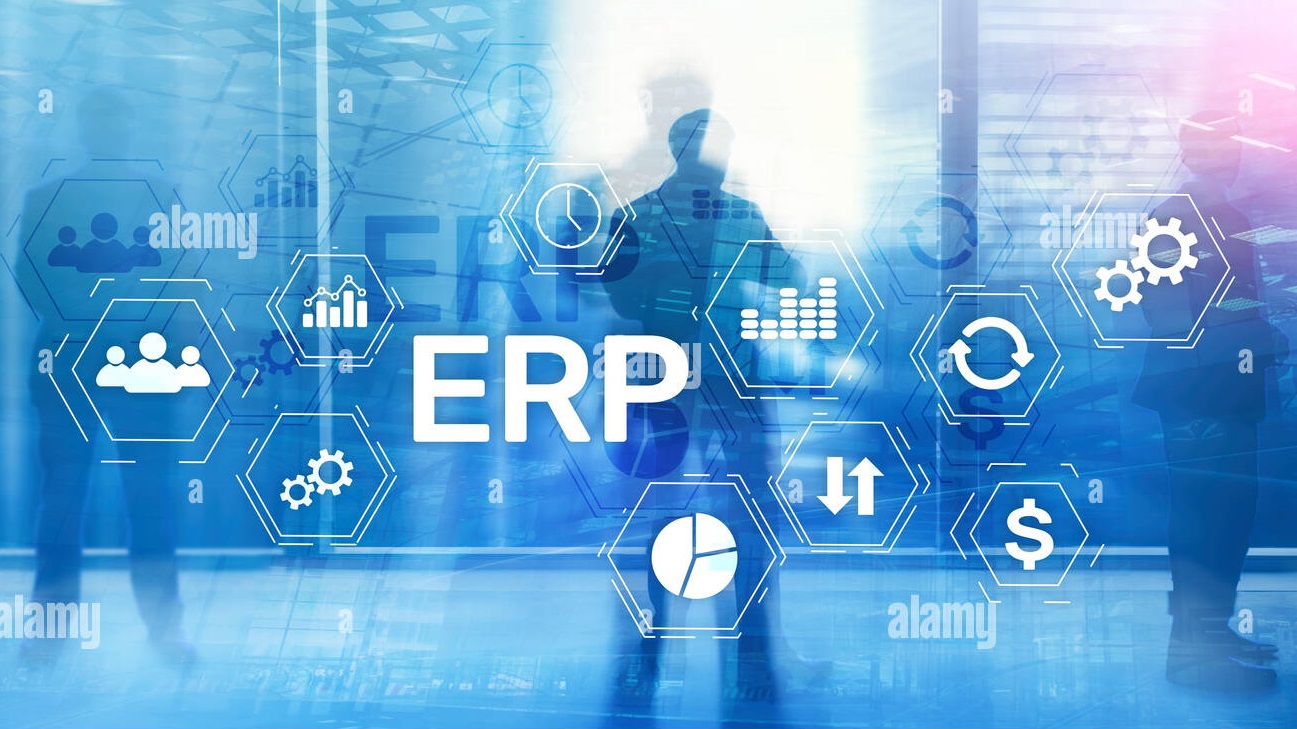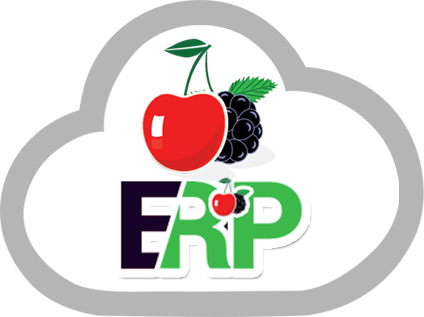
ERP Inventory Management Software: Everything You Need to Know
Inventory is unequivocally the cornerstone of any distribution enterprise. Regardless of whether you are holding your goods in a personally owned warehouse or collaborating with a third-party logistics provider, it is imperative to consistently manage ideal stock levels to accurately reflect demand. Efficient inventory management involves features that can prevent both understocking and overstocking. These factors can adversely affect your organisation more significantly than you can think. To tackle this issue, ERP solutions are making waves in the market. Among them, inventory management software is used for managing inventory. An effective ERP inventory management software is very important for modern businesses to get the most from their manufactured products and reduce excessive production.
Is ERP Inventory Management Software Necessary?
Any organisation possessing inventory can benefit from an inventory management software solution integrated with other ERP solutions. As businesses expand, it can become burdensome to manually monitor sales and purchases while also managing accounting records, sales commissions, and sustaining customer and partner relationships. ERP inventory management software is utilised to facilitate the management of these internal procedures. It also helps organisations to make better inventory assumptions.
Numerous small enterprises first utilise basic software like QuickBooks, which lacks comprehensive inventory capabilities found in ERP systems, necessitating a software transition when the organisation is prepared for expansion. Determining the essential software and identifying those that can be eliminated relies on the required functionality and the desired efficiency of data transfer.
Advantages of Implementing ERP Inventory Management Software:
Here are some notable advantages of ERP software to consider when determining if your firm is prepared for the next phase.
1) Comprehensive and Uninterrupted Real-Time Integration:
ERP software is fully integrated with all facets of the business in real-time. This indicates that if a consignment of 1,000 red t-shirts comes on Wednesday morning and by Wednesday afternoon 100 red t-shirts are purchased, the system will promptly compute the remaining inventory upon detecting these alterations.
2) Enhanced Product Identification:
Identifying products by numbers or codes facilitates the optimization of inventory structure, contingent upon the goods sold. Retailers frequently utilise SKU numbers to identify products and monitor their movement. For instance, a Medium Fall Green T-Shirt may be designated as MFALLGR-SHIRT.
Serial numbers and lot numbers are frequently utilised in the Food & Beverage and Pharmaceutical industries due to the necessity of tracking the movement of these products. These identification numbers assist in preventing expiration and in identifying counterfeit products. Lots and batches are crucial during product recalls, as they provide precise information regarding the provider of the product and the clients to whom it was supplied.
3) Information Security:
While researching ERP software, two deployment modes exist: On-Premises and Cloud-based. In recent years, Cloud-Based Software has gained prominence due to its data security and cost-effectiveness. Manual inventory management solutions may involve utilising programs like Excel stored on a computer’s local hard disk, which lack the security and flexibility afforded by an ERP system with cloud backup.
4) Enhanced Decision-Making:
Access to precise historical data, such as the number of footballs sold last summer, can facilitate the formulation of forecasting strategies. Purchasing goods prematurely might adversely affect your inventory management by occupying warehouse space that could be utilised for in-season products. ERP software provides the necessary information to optimise your inventory management and goods flow decisions. An exemplary report is the Inventory “Hits” Report, which delineates the frequency of a product’s appearance on invoices during the designated reporting period.
5) Management of Costs and Pricing:
The price of any SKU is intricately linked to the supply chain aspect of retail ERP. An effective retailer collaborates closely with existing suppliers to procure products desired by customers at the minimal total cost. Supply chain systems also establish connections with new suppliers who may offer more attractive products at even cheaper prices.
The primary objective is to minimise early expenses. The total cost encompasses the capacity to efficiently and promptly return items to the supplier with minimal or no penalty. Costs may also encompass financial aspects, such as payments owed post-sale. Should the supplier utilise an inventory module to oversee sales and inventory levels, they can promptly replenish fast-moving items without requiring a buy order.
Moreover, price management may enable a provider to offer exclusive, reduced rates for seasonal or promotional goods. Cost and price management features should be incorporated into any retail ERP system.
6) Inventory Ledger for Retail:
A precise inventory count of each SKU, categorised by size, colour, and other differentiations, is a crucial component of retail ERP. Upon consumer transactions and exit from the store, the stock ledger should be automatically updated. Merchandise eligible for resale should be promptly recorded in the ledger. Shrinkage or other unaccounted inventory loss is a terrible reality in retail, necessitating an appropriate adjustment rate for each SKU in the ledger.
A precise ledger facilitates the timing of replenishment order replacements. A precise ledger serves as a mechanism to track unsold merchandise for potential return or relocation to a store with higher sales prospects. And an accurate ledger is essential for assessing expenses and profit or loss over time.
7) Prediction and Better Planning:
The retail sector exhibits significant seasonal fluctuations, making precise forecasting operations imperative. ERP is an essential instrument for maximising profitability in all seasons.
An ERP system does not store all data; however, in retail, it can correlate its internal data with external information to forecast order quantities and delivery timings. A supplier may manufacture footballs over several months and execute multiple deliveries to a warehouse to align your needs with their production capacity. The early-delivered footballs are recorded in the stock ledger and constitute a liability, as payment will not occur until the commencement of the season
8) Improved Customer Service:
Besides providing sales trends and fundamental application statistics, ERP software is engineered to generate whatever report you create. SQL Server Reporting Services or Power BI enables the analysis of purchasing trends and behaviors according to your preferences. This type of reporting provides insight into consumer preferences and enables sales personnel to offer more effective customer support due to the accessibility and accuracy of the information.
9) Augmented Automation:
Various inventory management processes can be readily automated, such as adjusting pricing across all sales channels and automating purchase orders. When acquiring commodities from a supplier, price fluctuations may require your staff to verify pricing and quantities to maintain consistency in the back-end records. Automating purchase orders accelerates the process for employees and minimizes errors associated with human oversight.
Conclusion:
These are essential characteristics of an effective centralised inventory module. Identify the critical features relevant to your specific organisation and ensure that the selected ERP system includes those essential components. CherryBerry ERP can help you implement the right ERP inventory management software according to your company requirements. Call now for a free consultation session with our team of experts.
